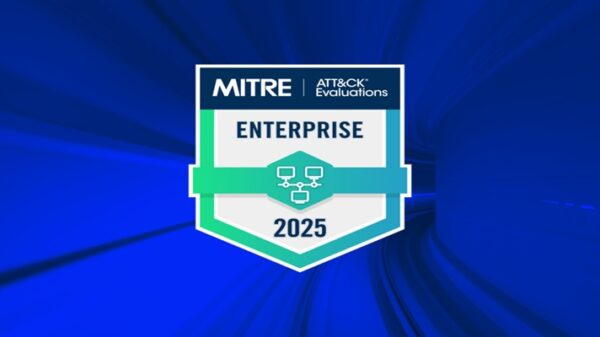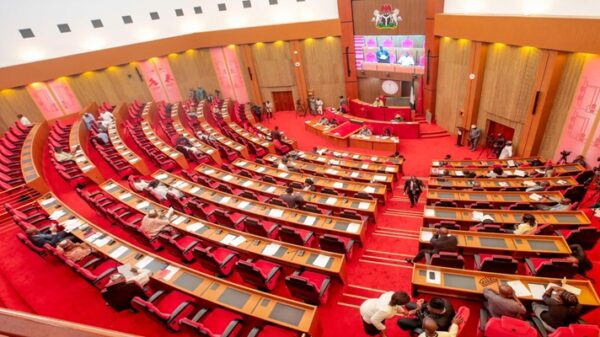There is a popular adage, which says, ‘Charity begins at home’. This statement sat appropriately with the new policy unveiled at the weekend by the Management of the National Agency for Science and Engineering Infrastructure (NASENI), directing all Development Institutes of the Agency to henceforth patronize themselves first, to ensure collaboration and to enhance the drive toward full commercialization of products and technologies from the Agency.
The policy approved by the Executive Vice Chairman/CEO, Mr. Khalil S. Halilu, highlights the importance of internal endorsement and usage of the Agency’s products to build market credibility and strengthen internal collaboration, coming as a critical step toward increasing the adoption and success of NASENI innovations in external markets.
Through an internal memo sent to all Acting Managing Directors and Overseeing Officers of NASENI Development Institutes across the country, dated 31st January 2024, the new policy called for inter-institute patronage to support commercialization strategy of the Agency.
The directive is requesting the 11 Development Institutes of NASENI with other emerging ones to patronize one another’s technologies, machines, equipment and innovations first as permitted by the procurement laws, before such products are released to external markets.
According to the circular, the new commercialization drive aims at enhancing inter-institute collaboration to support the commercialization of innovations developed within NASENI institutes, foster patronage and strengthen the overall strategy of the Agency’s products and solutions.
Also, the new policy which encourages active promotion, integration and utilization of products developed within the NASENI ecosystem will not only boost the internal confidence of the Agency’s products but will also help to refine them through real-world applications before being introduced to external markets.
Some key components of the policy include:
Mandatory Product Integration:
This requires all institutes to prioritize products developed within NASENI in their procurement plans, such as NASENI-branded laptops, especially in cases where procurement budgets allow. This initiative aims to create a consistent internal promotion of NASENI innovations.
Internal Pilots and Testing: Each institute will implement internal pilot programs to test products in real-world settings, providing valuable feedback for further product refinement.
Inter-Institute Product Showcases: Bi-annual events will be organized for institutes to showcase their innovations, share insights, and collaborate on integration opportunities. Also, Institutes are encouraged to create mini-showrooms in key urban locations to exhibit both their products and other NASENI innovations.
Promotion of Cross-Institute Training: Training sessions will be conducted across institutes to equip staff with the skills necessary to use and promote products from other institutes effectively.
Internal Endorsement and Support for Partnerships: Internal leadership will endorse the usage of NASENI’s products, enhancing market credibility for external commercialization. Institutes are encouraged to prioritize products from existing partnerships like the NASENI-IMOSE collaboration.
Reporting and Evaluation: A review mechanism will be put in place to monitor the progress and challenges related to product adoption. Regular reports from each institute detail product usage, feedback, and challenges faced, aiding continuous improvement.
According to the new policy, it is expected that Stronger Internal Confidence is built to enhance internal usage and validation of products, making them more attractive for external markets, enhanced collaboration, foster a collaborative culture amongst institutes and facilitating support for one another’s innovations.
Other expected outcomes are: External Commercialization Model for Successful internal integration expected to provide a reliable model for external adoption and Improved Product Development for feedback, ensuring products meet high standards before market introduction.
![]()




























































